In a chemical change, a new substance is made, like when you burn a candle. In a physical change, no new substance is made, like when water turns to ice.
To better understand the difference between chemical vs. physical changes….
LET’S BREAK IT DOWN!
Chemical changes make new substances
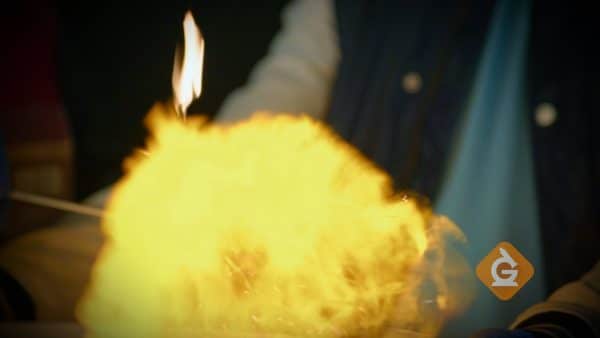
Anytime a new substance is made, a chemical change takes place. Usually two or more materials are combined and a new substance is formed. A chemical change can produce amazing explosions, like fireworks. Some chemical changes are a little more difficult to spot, like when a nail rusts.
If you notice bubbles being formed, or a change in color or temperature, there is a good chance a chemical change has taken place, but not always. Scientists can determine if a chemical change has occurred by asking this question: Was the substance formed present before? If the answer is no, then it is a chemical change.
Since chemical changes make new substances, most of them cannot easily be undone. For example, when you burn wood, you can't really turn the gases back into a log very easily.
Physical changes do not make a new substance.
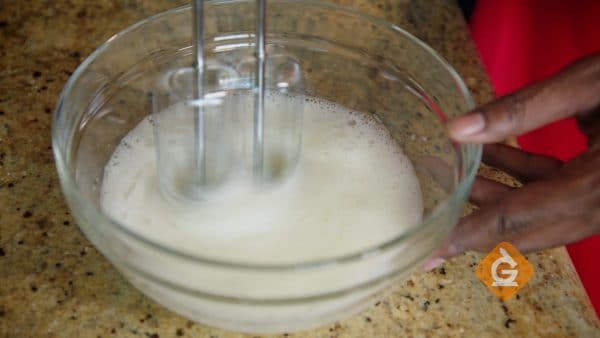
Physical changes come in many forms. It can be a change in the shape or appearance of an object, like crumpling a piece of paper, or cutting, bending, or dissolving something.
Since objects do not become a different substance during a physical change, it is usually easy to reverse the change. For example, if you dissolve sugar in water you can easily reverse the change by evaporating the water from the solution. When all the water evaporates, sugar crystals will be left behind.
Physical changes also happen when matter changes states.
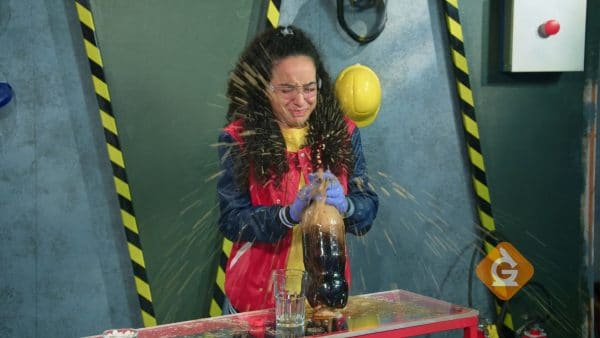
There are three common states of matter: solid, liquid, and gas. When a substance changes states (from a liquid to a gas, for example), it is undergoing a physical change.
In the video, when the gallium spoon melted in hot water, the gallium did not become a different metal. Melting is an example of a phase change, where a solid is changed to a liquid. Freezing and boiling are also physical changes.
Chemical and physical changes are all around us.
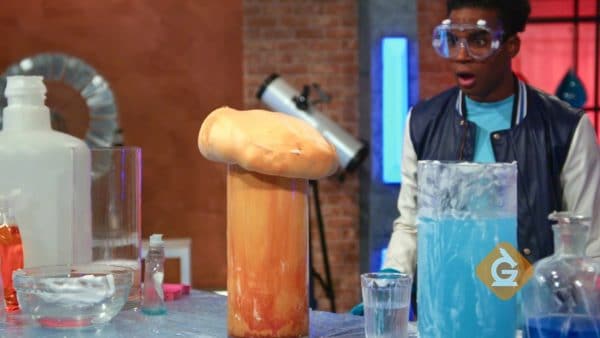
Chemical and physical changes take place around you all the time. When you make cereal for breakfast, combining the milk and cereal is a physical change. When you eat the cereal, a chemical change happens during digestion.
Sometimes, it can be difficult to tell if a chemical or physical change is taking place. In the video, Dr. Jeff and the team explore a few different reactions to determine if they are chemical or physical changes, by figuring out if the material made after the reaction was present before the reaction.

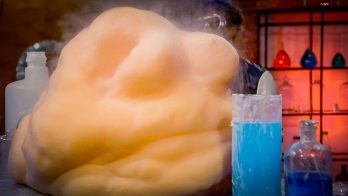








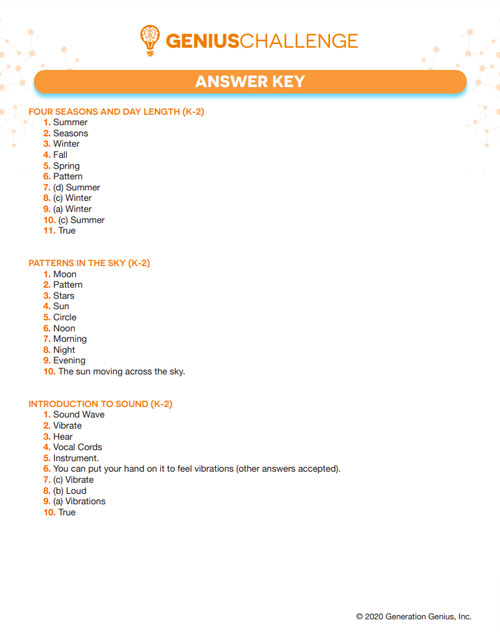























































































































 Select a Google Form
Select a Google Form












